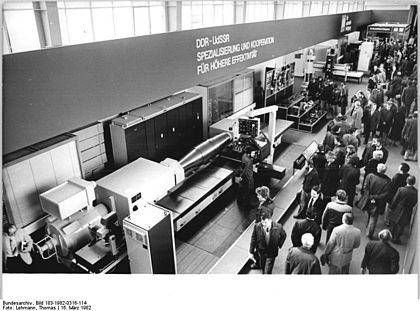 The sun is the source of all our power. A statement not untrue, albeit a little misleading. The sun’s radiation is the origin of all the power sources we use today, affecting chemical changes to create everything from nuclear power to the much greener wind power. But how do we harness the sun’s energy, and how effective is it? A worthy question. After all, solar power is almost eternally available and, most importantly, free.
The sun is the source of all our power. A statement not untrue, albeit a little misleading. The sun’s radiation is the origin of all the power sources we use today, affecting chemical changes to create everything from nuclear power to the much greener wind power. But how do we harness the sun’s energy, and how effective is it? A worthy question. After all, solar power is almost eternally available and, most importantly, free.
Applications
In theory, solar power can power everything on earth. In practice, it’s a matter of logistics. Solar power is the conversion of sunlight to electricity through either converting it directly to photovoltaics (PV) or by concentrating solar power (CSP), using it to boil water into steam, which then generates electricity. Since the sun is only emitting radiation on any given point during daytime hours, and is affected by elements such as cloud cover, it needs to be combined with a method of energy storage. Solar power’s potential is vast, and could easily supply all the energy in the world, hundreds of times over. However, the problem lies within the cost. Although the cost is coming down, solar power panels and plants are very expensive to produce.
How it works
The energy released from the sun is radiation – light and heat. This can be harnessed in two ways. Firstly, by using panels containing photovoltaics, which absorb the radiation and convert it into direct current energy. Photovoltaic devices are a type of photodiode, which means photons of light from the sun knock electrons within the device into higher states of excitement, thus generating electricity. The other method is by concentrating solar power by means of mirrors and lenses onto a point, which can then be used to heat up water, converting it to steam and then energy. Think of a kid using a magnifying glass on an ant colony, then magnify that heat (excuse the pun), and you can see what kind of energy can be produced.
Comparisons with other sources
Solar power is still behind fossil and nuclear power sources in terms of power generated, but its benefits for the environment far outweigh its polluting cousins. Water generation, although greener than fossil and nuclear, still requires industrial wastewater treatment technologies dams and can alter landscapes dramatically. Wind power is comparable, in terms of a renewable energy source, but wind turbines can be loud, take more time to install, require maintenance and are more susceptible to weather damage.
Storing types of wood used in mid century furniture energy.
As an intermittent energy source, solar power must be stored if it isn’t to be used immediately. In power plants, the energy is stored either as heat in a heat-retaining material or as pumped-storage hydroelectricity, meaning the energy is used to pump water from a lower reservoir to a higher one. In home-based solar power storage, the solution is usually a series of rechargeable batteries that can store the excess electricity.
Is it a realistic way of powering your home?
Many people use solar power in their homes as an alternate energy source, however it is usually combined with another source, such as wind or even the power grid. The effectiveness depends on both your location and is reliant on other sources. Ask an electrical services company for more information.
Solar power is being rapidly developed all around the world, being included in projects to create one hundred percent renewable energy plants that combine solar with wind, water and biomass power sources. It is an effective source of energy, but must be harnessed smartly and used in combination with other sources.


